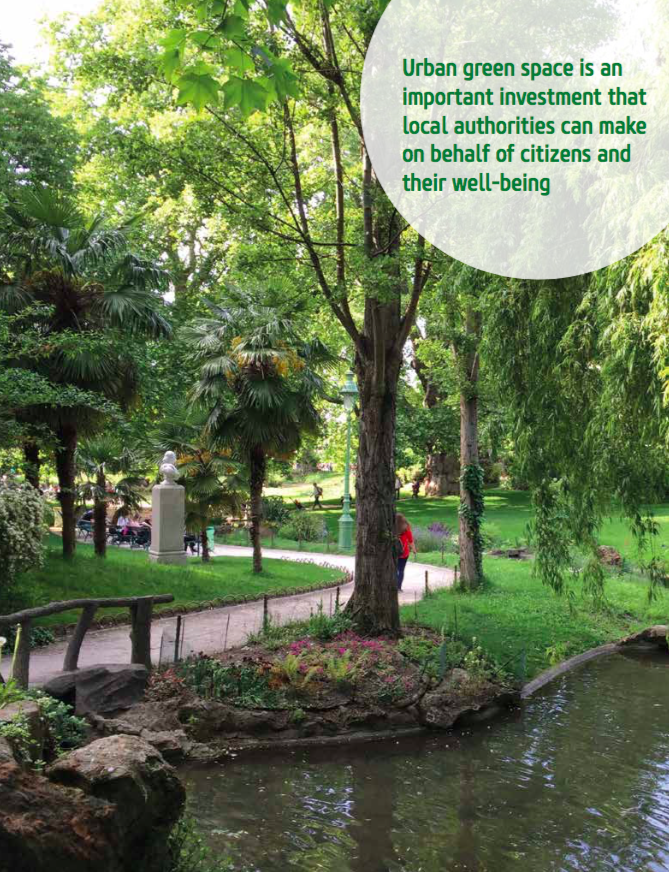Research Gate link
Tag: neurolandscape
Nature in Mind: An Interview with Dr. Anna María Pálsdóttir
Dr. Anna María Pálsdóttir is the Senior Lecturer/Assistant Professor in Environmental Psychology at the Swedish University of Agricultural Sciences (SLU), the Department of People and Society. She is a professional horticulturist with a BSc in Biology & Horticulture Sciences and a MSc and PhD in Landscape Planning and Environmental Psychology. Dr. Pálsdóttir works with conceptual Read More
1st in-person NeuroLandscape Workshop | Korthi-Greece | 7-9 May 2022
The first, in-person scientific meeting of NeuroLandscape Team, titled “Natural and Cultural Heritage for Healthier and More Sustainable Urban Realms” took place among beautiful landscapes of the Greek island of Andros, hosted at the local Korthi Town Hall. The program of a 3-day event included: SATURDAY (7.05.2022) Time Presentation title – Speaker (Affiliation) Language 11:15 Read More
Annual Scientific Board Meeting 2020
4th NeuroLandscape Scientific Board Meeting took place online on Friday 13th November, 2020. Meeting agenda: 1) Round table of updates from each member 2) A game! – 2 truths and 1 lie 3) “Summary of NGO activity of 2020 , opportunities for 2021 ( Agnieszka O-G & Agnieszka Ch. -10 min ppt + Q&A) Read More
Neuro-urbanism & Neuro-landscape
A new term has officially been introduced in the scientific world – NEUROURBANISM. It happened together with the publication in Lancet in Psychiatry in March 2017 [link here]. City life has a lot to do with the psychiatric conditions , and this is the path we have been following in NeuroLandscape as well. Our cities Read More
An exclusive interview with Professor Chang, Chun-Yen, NTU, UIUC
Happy to share the newest interview from one of the world’s leading experts in the area of evidence-based landscape design, Prof. Chang, Chun-Yen from National Taiwan University. Professor Chang’s background is in landscape architecture, but his research interests have led him far beyond this discipline into examining the relationships between landscapes and human health in Read More
Interview with Gayle Souter-Brown
Our first update of IFLA 2018 is an exclusive interview with Gayle Souter-Brown. Gayle is Principal of Greenstone Design UK & doctoral candidate at Auckland University of Technology (AUT), landscape architect, writer and researcher. This interview will share her experiences in the social, economic, and environmental benefits of developing green space for health and well Read More
Contemplative Spaces: New Approaches in Design Research
GRAPHIC BY GIUSEPPINA ASCIONEWe’re working towards taking care of outdoor spaces. Good to see others on the same track with indoor spaces. We can’t spend all our time outdoors after all…or can we? ^_^We also appreciate how mindfulness can be summed up in the form of a tree. Extra points!https://www.neuroarchitectura.com/articles/2016/5/9/contemplative-spaces-towards-a-new-design-approach
Green neighborhoods linked to improved mental health
More great news from the Universities of Oxford and Hong Kong!https://www.independent.co.uk/life-style/design/mental-health-green-neighbourhoods-link-depression-anxiety-stress-uk-cities-a8289076.html
WHO calls for action to make cities greener
For many years, the World Health Organisation (WHO) has made various moves to emphasize and promote mental health as one of the major issues of the developed world. Already in 2005, it stated that Europe’s biggest problem today is the effects of mental disorders of the European population. A quarter of the population suffers from Read More










